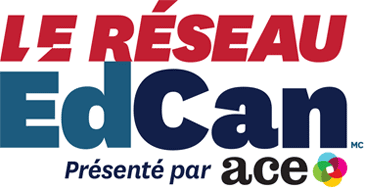Quelle influence exerce la neuroscience sur l’enseignement et l’apprentissage?
AUTRES RESSOURCES INFORMATIVES
Project on the Decade of the Brain (projet de la décennie sur le cerveau)
http://www.loc.gov/loc/brain/
Brain Facts, source d’information faisant autorité et destinée au public
http://www.brainfacts.org/
OECD – Centre pour la recherche et l’innovation dans l’enseignement (CERI) – Cerveau et apprentissage
http://www.oecd.org/fr/sites/educeri/ceri-cerveauetapprentissage.htm
International Mind, Brain and Education Society (IMBES)
http://www.imbes.org/
RÉFÉRENCES
Ansari, D., et Coch, D. (2006). « Bridges over troubled waters: education and cognitive neuroscience », Trends in Cognitive Sciences, vol. 10, no 4, p. 146-151.
Ansari, D., Coch, D., et De Smedt, B. (2011).« Connecting Education and Cognitive Neuroscience: Where will the journey take us? », Educational Philosophy and Theory, vol. 43, no 1, p. 37-42.
Bruer, J. T. (1997). « Education and the brain: a bridge too far », Educational Researcher, vol. 26, no 8, p. 4-16.
Campbell, S. R. (2011). « Educational neuroscience: Motivation, methodology, and implications », Educational Philosophy and Theory, vol. 43, no 1, p. 7-16.
Campbell, S. R., et Pagé, P. (2012). « La neuroscience éducationnelle: Enrichir la recherche en éducation par l’ajout de méthodes psychophysiologiques pour mieux comprendre l’apprentissage », Neuroéducation, vol. 1, no 1, p. 115-144.
Dubinsky, J. M., Roehrig, G., et Varma, S. (2013). « Infusing neuroscience into teacher professional development », Educational Researcher, vol. 42, no 6, p. 317-329.
Fischer, K. W., Daniel, D. B., Immordino-Yang, M. H., Stern E., Battro, A., et Koizumi, H. (2007). « Why mind, brain, and education? Why now? », Mind, Brain, and Education, vol. 1, no 1, p. 1-2.
Goswami, U. (2004). « Neuroscience and education », British Journal of Educational Psychology, no 74 (partie 1), p. 1-14.
Goswami, U. (2006). « Neuroscience and education: from research to practice? », Nature Reviews Neuroscience, no 7, p. 406-413.
Hirsh-Pasek, K., et Bruer, J. (2007). « The brain/education barrier », Science, no 317, no 5843, p. 1293.
Hruby, G. G. (2012). « Three requirements for justifying an educational neuroscience ». British Journal of Educational Psychology, vol. 82, no 1, p.1-23.
Loo, S. K., et Makeig, S. (2012). « Clinical utility of EEG in Attention-Deficit/Hyperactivity Disorder: A research update ». Neurotherapeutics, vol. 9, no 3, p. 569-587.
Pasquinelli, E. (2012). « Neuromyths: Why do they exist and persist? », Mind, Brain, and Education, vol. 6, no 2, p. 89-96.
Rabipour, S., et Raz, A. (2012). « Training the brain: Fact and fad in cognitive and behavioral remediation », Brain and Cognition, no 79, p. 159-179.
Stern, E. (2005). « Pedagogy meets neuroscience », Science, vol. 310, no 745.
Schwartz, M. (2015). « Mind, brain and education: A decade of evolution. Mind, Brain and Education, vol. 9, no , p. 64-71.
Turner, D. A. (2012). « Education and neuroscience », Contemporary Social Science, vol. 7, no 2, p. 167-179.
Varma, S., McCandliss, B. D., et Schwartz, D. L. (2008). « Scientific and pragmatic challenges for bridging education and neuroscience », Educational Researcher, vol. 37, no 3, p. 140-152.
PUBLICATIONS CONNEXES
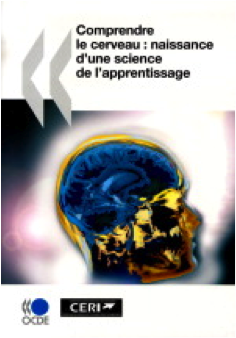
OECD (2002). Comprendre le cerveau : naissance d’une science de l’apprentissage. Paris : Éditions OECD .

Byrnes, J. P. (2001). Minds, brains, and learning: Understanding the psychological and educational relevance of neuroscientific research. New York: Guilford Press.

Blakemore, S-J., & Frith, U. (2005). The learning brain: Lessons for education. Malden, MA. Blackwell.

Patten, K. E., & Campbell, S. R. (Eds.) (2011). Educational neuroscience: Initiatives and emerging issues. Chichester, UK: Wiley-Blackwell

Dehaene, S. (1997). The number sense: How the mind creates mathematics. New York: Oxford University Press.
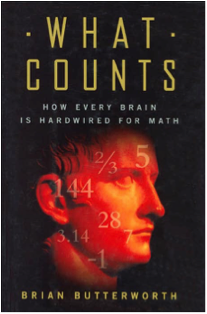
Butterworth, B. (1999). What counts: How every brain is hardwired for math. New York: The Free Press.
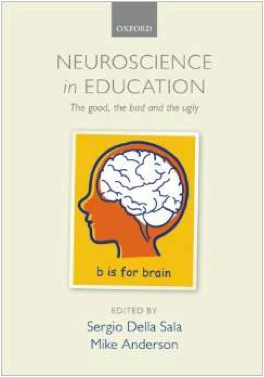
Della Sala, S., & Anderson, M. (2012). Neuroscience in education: The good, the bad and the ugly. Oxford: Oxford University Press.
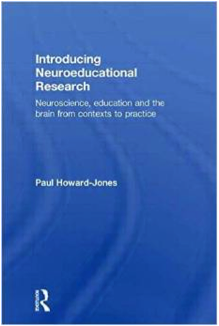
Howard-Jones, P. (2010). Introducing neuroeducational research: Neuroscience, education and the brain from contexts to practice. Abingdon: Routledge.
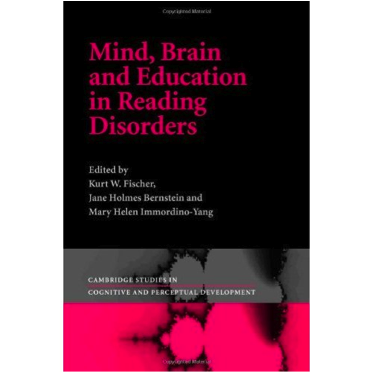
Fischer, K. W., Bernstein, J. H., & Immordino-Yang, M. H. (Eds.) (2007). Mind, brain, and education in reading disorders. Cambridge, UK: Cambridge University Press.
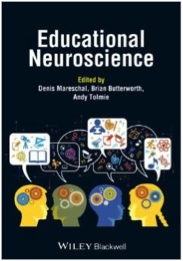
Mareschal, D., Butterworth, Br., & Tolmie, A. (Eds.) (2013). Educational Neuroscience. Chichester, UK: Wiley-Blackwell.
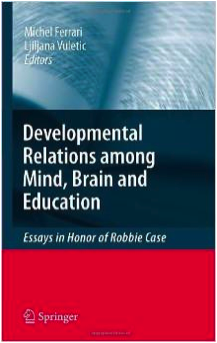
Ferrari, M., & Vuletic, L. (2014). Developmental relations among mind, brain and education. Springer.
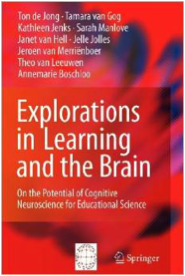
De Jong, T., Van Gog, T., Jenks, K., Manlove, et. al. (2009). Explorations in learning and the brain: On the potential of cognitive neuroscience for educational science. Springer Science & Business Media.
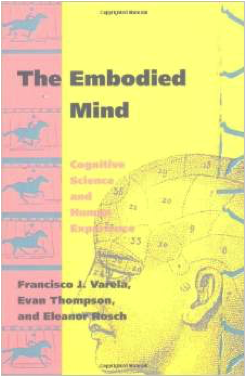
Varela, F. J., Thompson, E., & Rosch, E. (1992). The embodied mind. CogNet.
